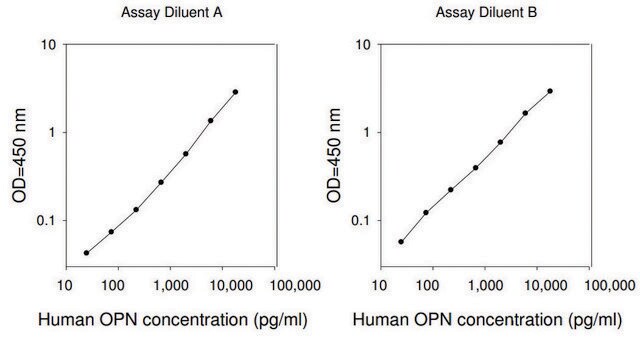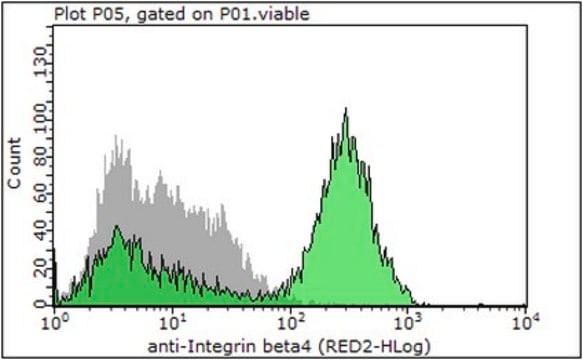05-449-C
Anti-Bin1, clone 99D (Ascites Free) Antibody
clone 99D, 1 mg/mL, from mouse
Sinonimo/i:
Myc box-dependent-interacting protein 1, Amphiphysin II, Amphiphysin-like protein, Box-dependent myc-interacting protein 1, Bridging integrator 1, Bin1
About This Item
Prodotti consigliati
Origine biologica
mouse
Livello qualitativo
Forma dell’anticorpo
purified antibody
Tipo di anticorpo
primary antibodies
Clone
99D, monoclonal
Reattività contro le specie
mouse, chicken, human
Concentrazione
1 mg/mL
tecniche
flow cytometry: suitable
immunofluorescence: suitable
immunohistochemistry: suitable
immunoprecipitation (IP): suitable
western blot: suitable
Isotipo
IgG2bκ
N° accesso NCBI
N° accesso UniProt
Condizioni di spedizione
wet ice
modifica post-traduzionali bersaglio
unmodified
Informazioni sul gene
chicken ... Bin1(424228)
human ... BIN1(274)
mouse ... Bin1(30948)
Categorie correlate
Descrizione generale
Immunogeno
Applicazioni
Western Blotting Analysis: A representative lot detected Bin1 in primary chicken embryo fibroblasts (Telfer, J.F., et al. (2005). Cellular Signalling. 17:701-8).
Immunoprecipitation Analysis: A representative lot immunoprecipitated Bin1 in C2C12 cell lysate (Wechsler-Reya, R., et al. (1997). Cancer Res. 57:3258-63).
Western Blotting Analysis: A representative lot detected Bin1 in human and rodent cell lines (Wechsler-Reya, R., et al. (1997). Cancer Res. 57:3258-63).
Immunoprecipitation Analysis: A representative lot immunoprecipitated Bin1 in co-immunoprecipitation studies (Sakamuro, D., et al. (1996). Nat. Genet. 14:69-77).
Immunohistochemistry Analysis: A representative lot detected Bin1 in breast and liver carcinoma tissues (Sakamuro, D., et al. (1996). Nat. Genet. 14:69-77).
Immunoprecipitation Analysis: A representative lot immunoprecipitated Bin1 in C2C12 cell lysate (Wechsler-Reya, R. J., et al. (1998). Mol Cell Biol. 18:566-75).
Western Blotting Analysis: A representative lot detected Bin1 in C2C12 cell lysate (Wechsler-Reya, R. J., et al. (1998). Mol Cell Biol. 18:566-75).
Flow Cytometry Analysis: A representative lot detected Bin1 in C2C12 cell lysate (Wechsler-Reya, R. J., et al. (1998). Mol Cell Biol. 18:566-75).
Immunofluorescence Analysis: A representative lot detected Bin1 in C2C12 cells (Wechsler-Reya, R. J., et al. (1998). Mol Cell Biol. 18:566-75).
Apoptosis & Cancer
Apoptosis - Additional
Qualità
Western Blotting Analysis: 1.0 µg/mL of this antibody detected Bin1 in 10 µg of human skeletal muscle tissue lysate.
Descrizione del bersaglio
Stato fisico
Stoccaggio e stabilità
Esclusione di responsabilità
Not finding the right product?
Try our Motore di ricerca dei prodotti.
Raccomandato
Codice della classe di stoccaggio
12 - Non Combustible Liquids
Classe di pericolosità dell'acqua (WGK)
WGK 1
Punto d’infiammabilità (°F)
Not applicable
Punto d’infiammabilità (°C)
Not applicable
Certificati d'analisi (COA)
Cerca il Certificati d'analisi (COA) digitando il numero di lotto/batch corrispondente. I numeri di lotto o di batch sono stampati sull'etichetta dei prodotti dopo la parola ‘Lotto’ o ‘Batch’.
Possiedi già questo prodotto?
I documenti relativi ai prodotti acquistati recentemente sono disponibili nell’Archivio dei documenti.
Il team dei nostri ricercatori vanta grande esperienza in tutte le aree della ricerca quali Life Science, scienza dei materiali, sintesi chimica, cromatografia, discipline analitiche, ecc..
Contatta l'Assistenza Tecnica.








